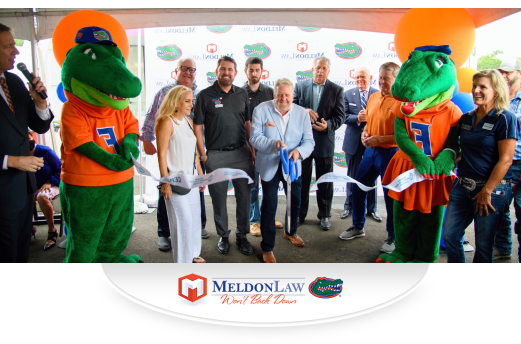How To Properly Store A Firearm In The Car

Vehicle carry laws in Florida do not require a person to possess a Concealed Weapon and Firearm License (CWFL) in order to store a firearm in their car. According to Florida Statute 790.025, it is lawful and not a violation of Florida Statute 790.01 for a person 18 years of age or older to possess a concealed firearm (without a CWFL) for self-defense or other lawful purposes, such as lawful hunting, fishing, and camping, within the interior of a private conveyance. However, one nuance that non-licensed gun owners must face is the fact that in order to carry their firearm in a private conveyance, it must be securely encased or not readily accessible for immediate use. This means that if you do not have a Concealed Weapon and Firearm License, you must securely encase the loaded firearm or move it to a not readily accessible area of the car. Methods of securely encasing a firearm include using a holster that closes over a handgun (cannot be carried on your person), or placing the firearm in the glove compartment, a gun case, or a closed container. Examples of not readily accessible areas to store a firearm include a locked trunk and vehicle storage compartments.
While it is legal to store your firearm in the glove compartment, it is not always a safe place to store your firearm. While it does conceal your weapon and usually contains a lock, they are easily opened and one of the first places a criminal will look if your vehicle happens to get robbed. According to Guns.com, a safer and more reliable place to store your gun is a compact travel safe. They are easily purchasable online, and they also tether to either the driver or passenger seat, preventing criminals from grabbing the safe and fleeing.
Another important question to ask is whether you can carry a concealed weapon while riding a motorcycle. With a CWFL, it is lawful for someone to carry a firearm on their person or in the motorcycle, which includes saddlebags or backpacks strapped to either one’s person or the motorcycle. Without a CWFL, it has been determined that a motorcycle IS a private conveyance for the purposes of statute 790.025. However, the law states that the concealed weapon must be “within the interior of a private conveyance”, which creates a problem for unlicensed carriers. The court has not established exactly what parts of the motorcycle can be considered an interior compartment. For example, while a compartment under the seat of the motorcycle that only opens when no one is sitting on it is likely to be considered an interior compartment, there is no precedent regarding whether or not attached saddlebags and strapped-down backpacks are considered to be interior compartments. So, if you do happen to be carrying a firearm while riding a motorcycle without a CWFL, you should be very sure that the compartment you choose to store your firearm in a place that can be considered a truly interior compartment.

